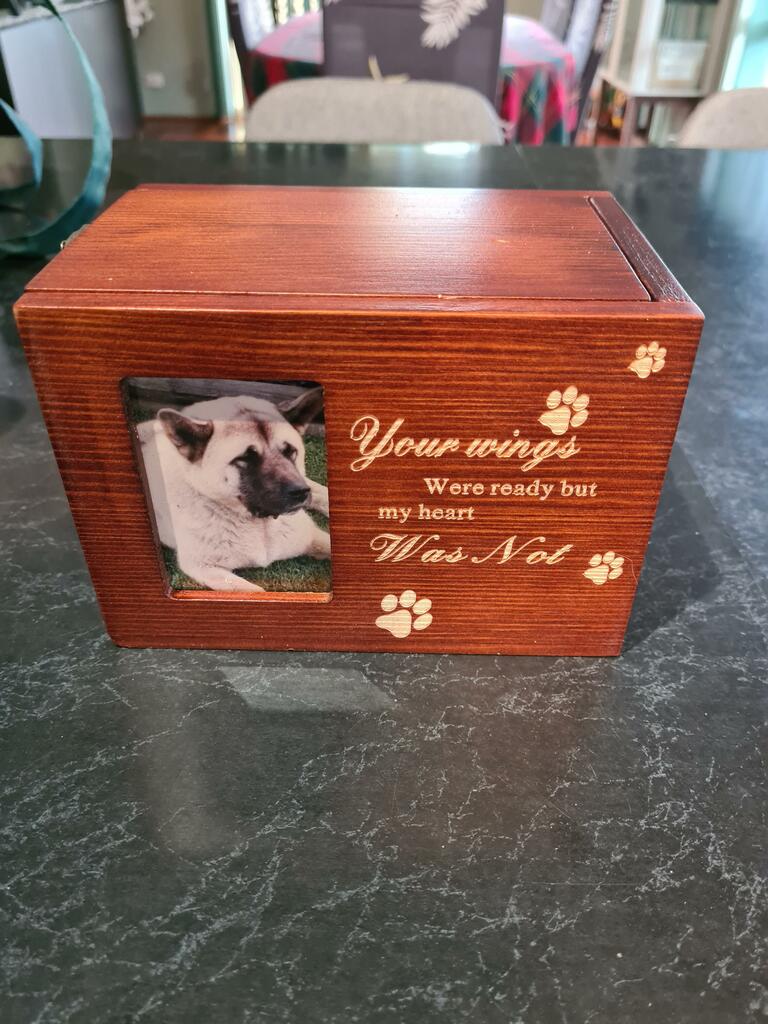Grave Memorials: Honoring Loved Ones
Losing a loved one is a heartbreaking experience that leaves a void in our lives. As we grieve, finding a way to honor and remember our departed becomes a paramount task. One of the most common ways to pay tribute to our loved ones is through grave memorials. These memorials serve as a physical representation of the person we have lost, a place where we can visit, reflect, and find solace. In this article, we will explore the significance and variety of grave memorials, sharing personal experiences along the way.
The Importance of Grave Memorials
Grave memorials hold a deep significance for many people as they provide a tangible connection to those who have passed away. They offer a space for reflection, allowing us to remember our loved ones and keep their memories alive. It is a place where we can go to mourn, find comfort, and share our grief with others who visit. Grave memorials act as a physical reminder of the impact our loved ones had on our lives, ensuring their legacy lives on.
Types of Grave Memorials
1. Headstones: Headstones are the most traditional form of grave memorials. They typically consist of a stone slab engraved with the name, birth and death dates, and sometimes a short epitaph. Headstones come in various shapes, sizes, and materials, allowing families to customize them according to their preferences and budget.
2. Grave Markers: Grave markers are smaller and more simplistic than headstones. They often consist of a flat stone or plaque that lies flush with the ground. These markers usually include basic information such as the name and dates of the deceased.
3. Cremation Memorials: With the rise in popularity of cremation, cremation memorials have become more common. These memorials can take the form of urns, cremation benches, or even jewelry that holds some of the ashes. Cremation memorials provide a unique and personal way to remember and honor our loved ones.
Personal Reflections on Grave Memorials
When my grandmother passed away, my family and I faced the difficult decision of choosing a grave memorial. We opted for a beautifully crafted headstone that reflected her vibrant personality. The headstone featured intricate carvings of her favorite flowers and a heartfelt message that encapsulated her spirit. Every time I visit her resting place, I am reminded of the love and joy she brought to our lives. The grave memorial serves as a lasting tribute to her, allowing us to feel her presence even in her physical absence.
The Role of Grave Memorials in Healing
Grief is a complex and individual journey, and having a physical space to honor our loved ones can aid in the healing process. Grave memorials provide a sense of closure, offering a place to say our final goodbyes and find solace in knowing our loved ones are at peace. They provide a sanctuary for us to express our emotions and connect with others who share similar experiences. In this shared space, we can find support, understanding, and healing.
Summary of Important Points
In summary, grave memorials play a vital role in the grieving process. They allow us to honor and remember our loved ones, providing a physical space for reflection and healing. Some key points to remember about grave memorials include:
As we navigate the journey of grief, grave memorials become a symbol of love and remembrance. They allow us to find comfort in knowing that our loved ones will always have a place in our hearts and minds.













